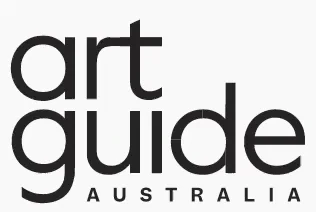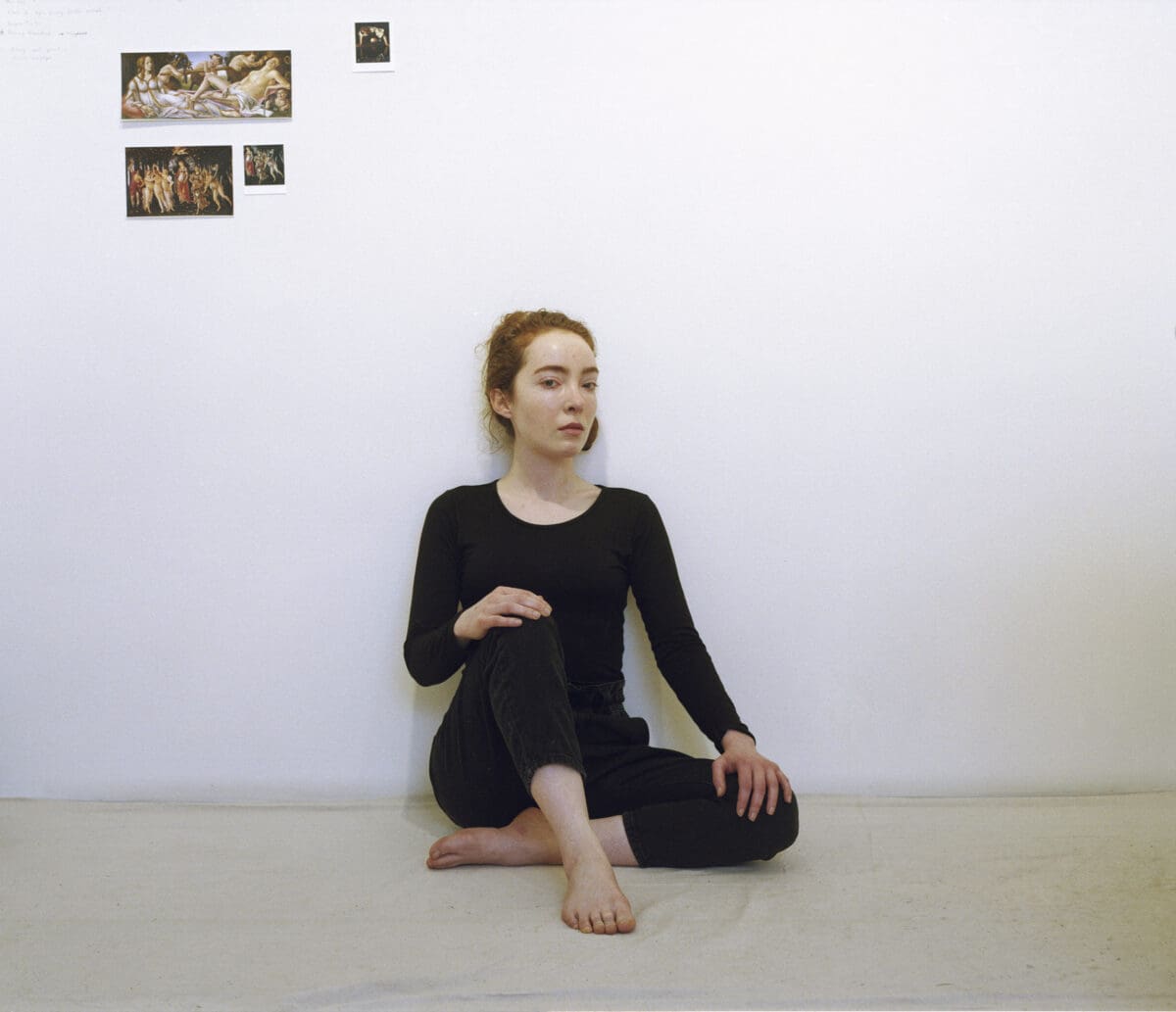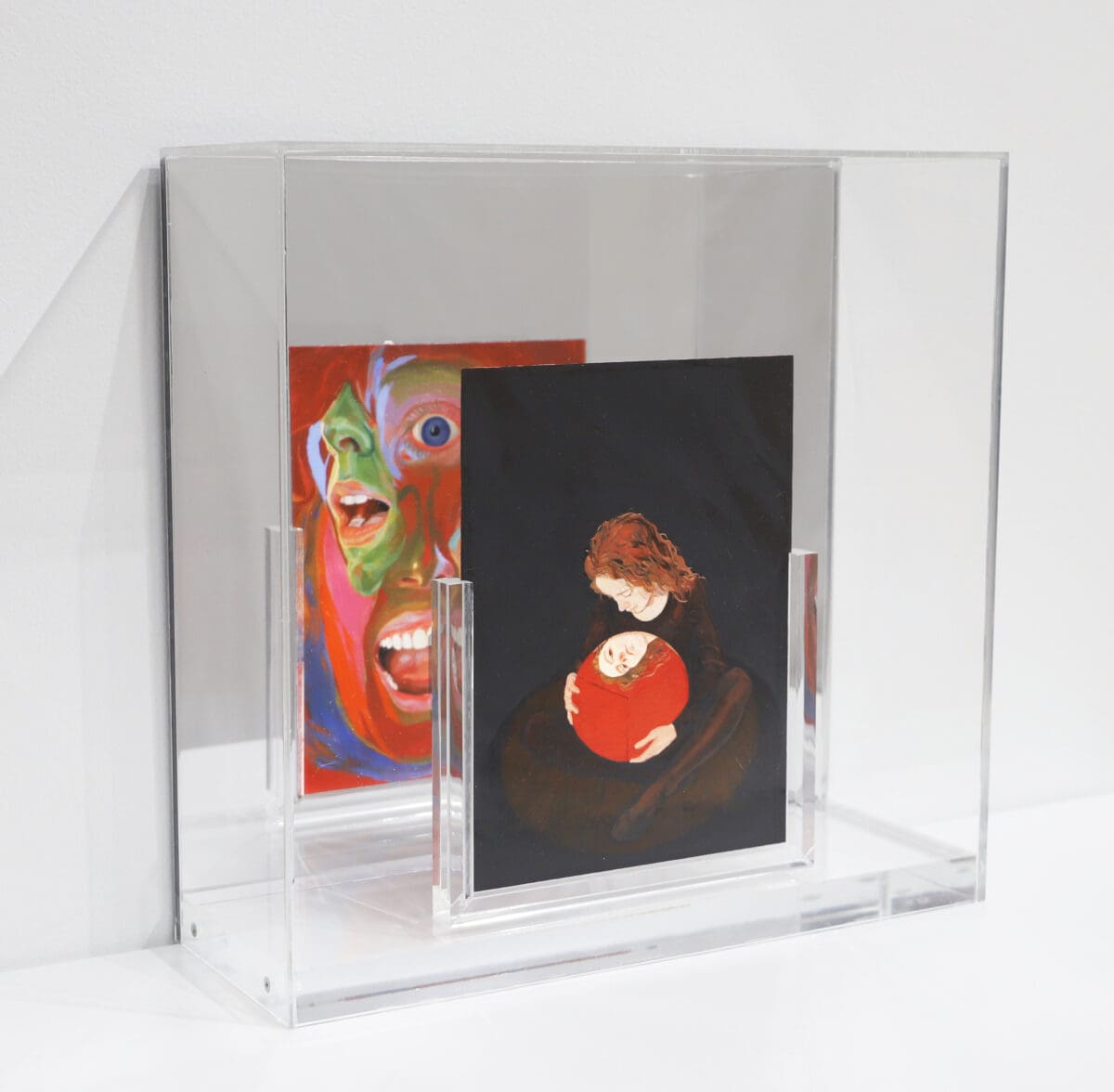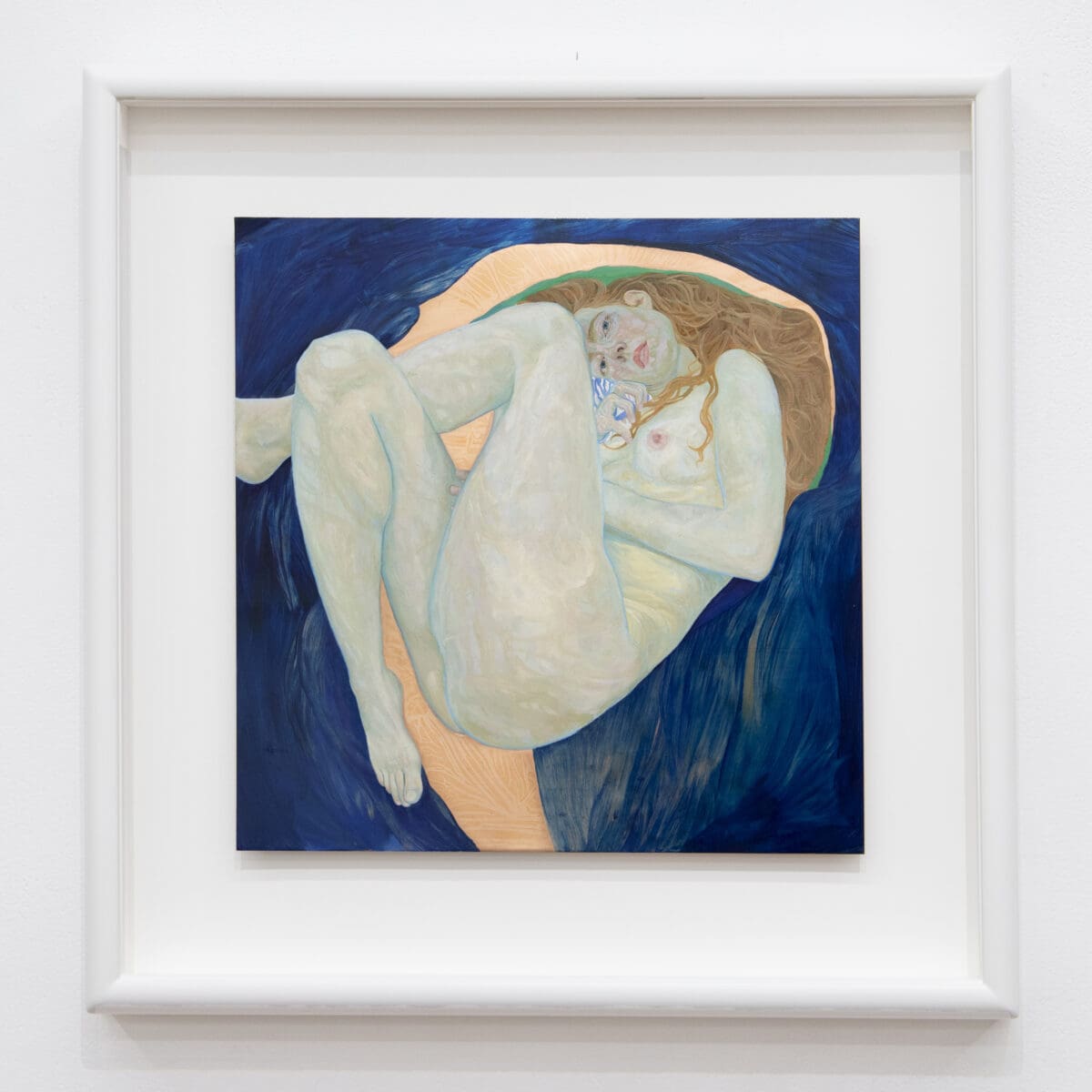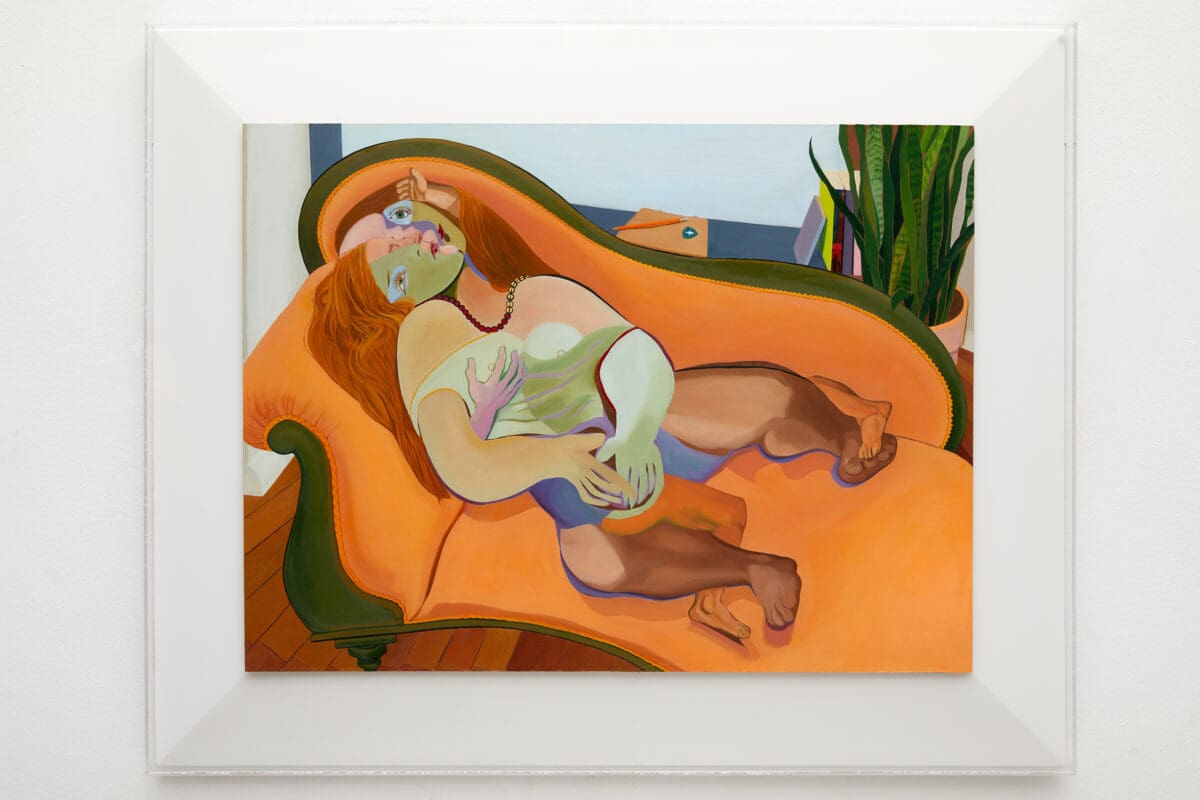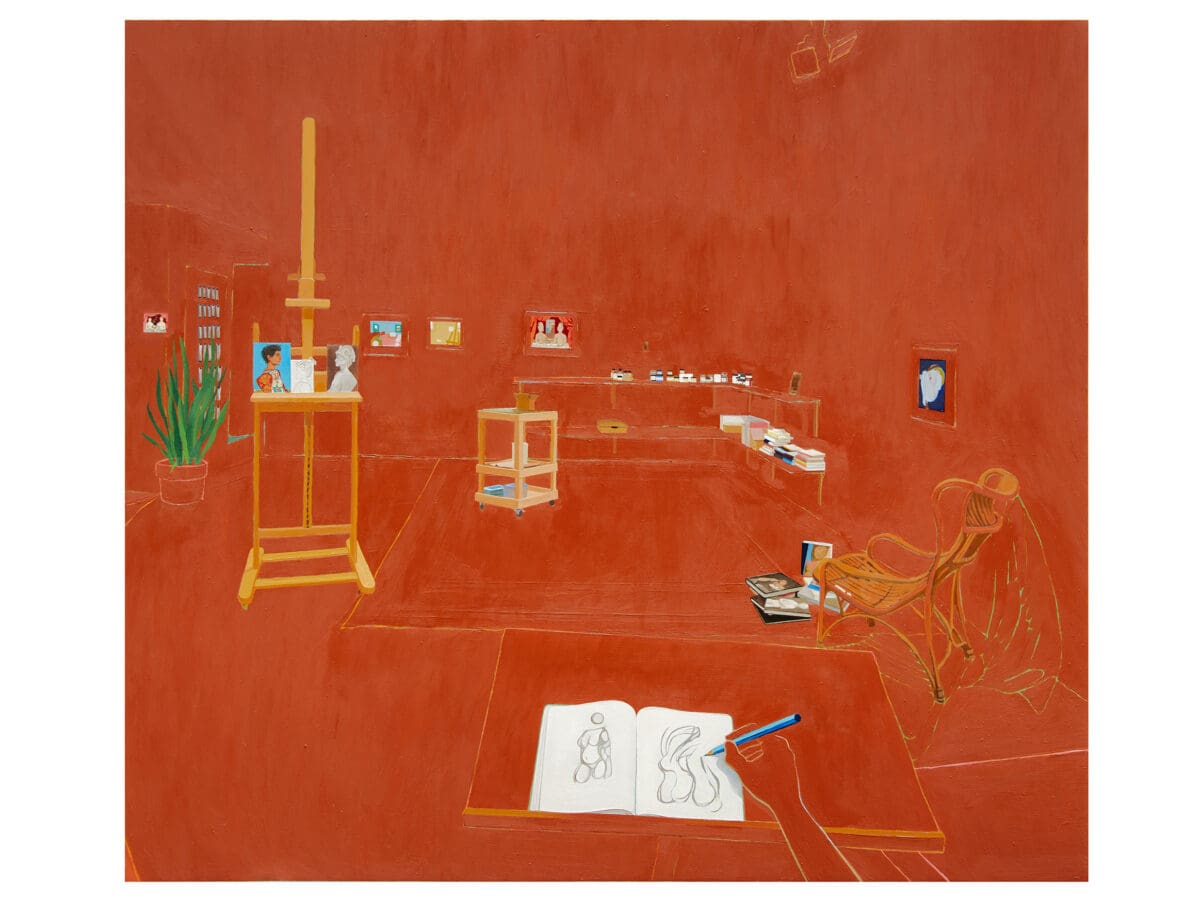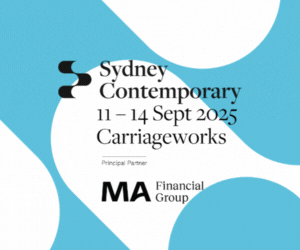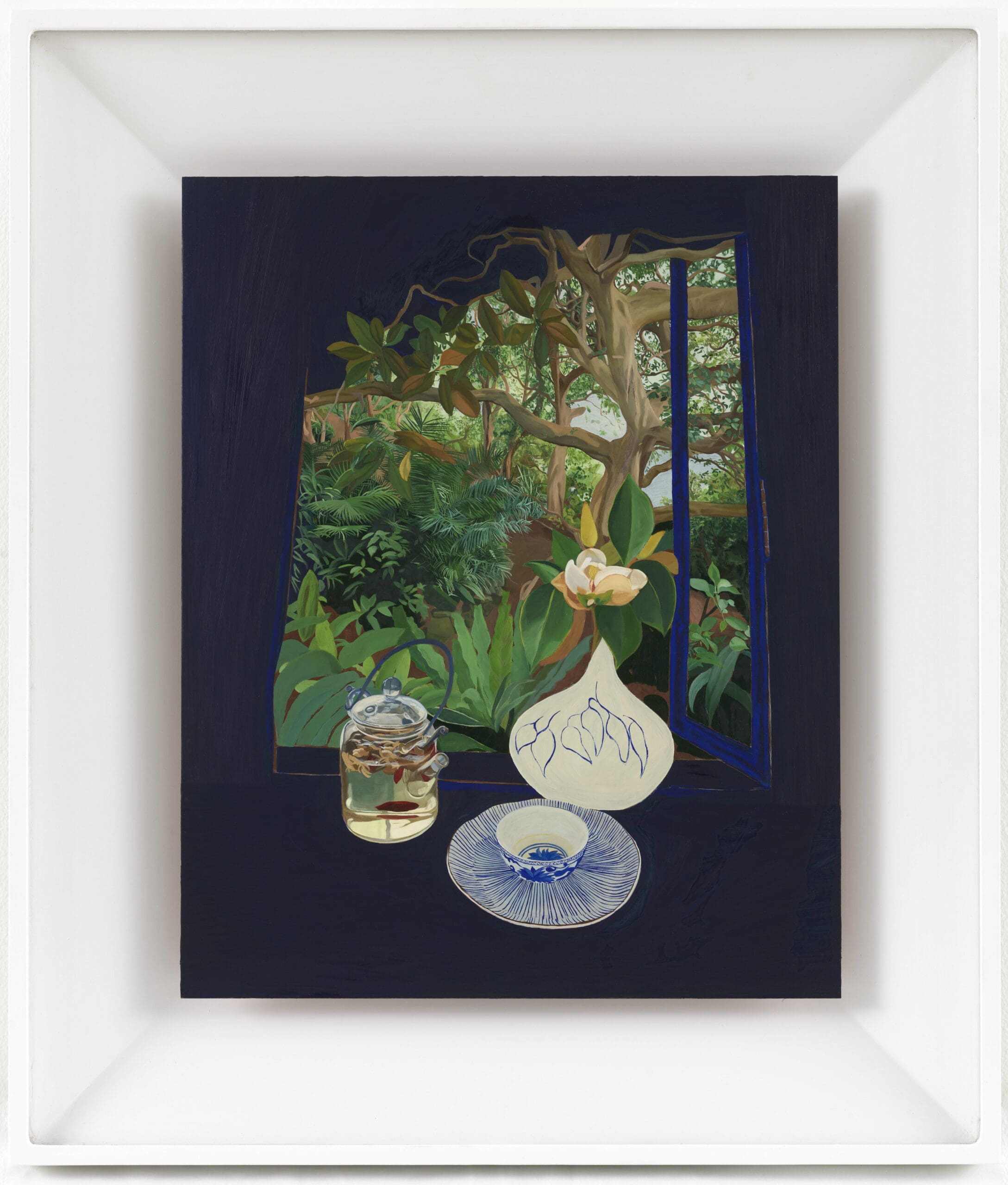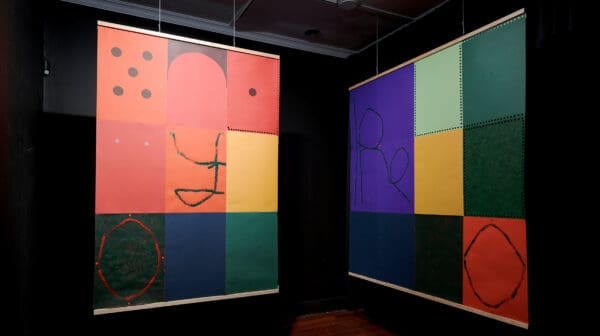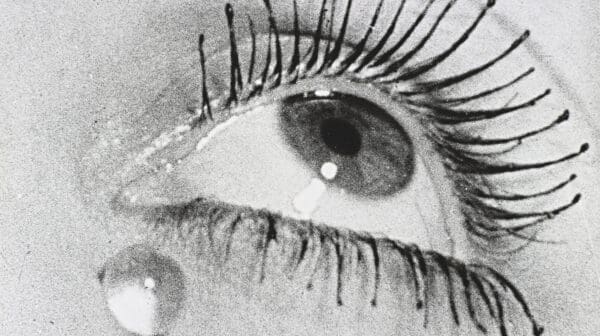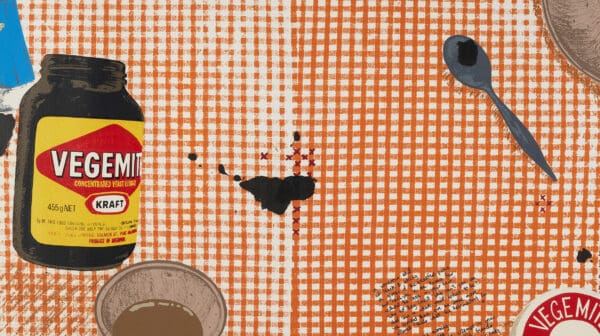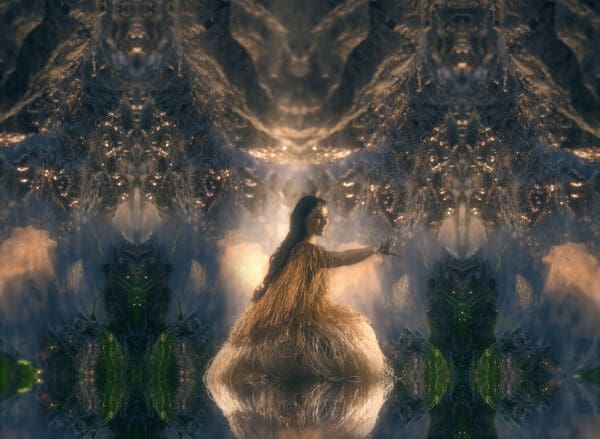Natasha Walsh is an alchemist and artist, capturing the evolving nature of the human condition. In her 2024 show, Hysteria, Walsh challenged the historical and political structures underpinned by the exploitation of women, consciously collaborating with her subjects to defy power imbalances found within the traditional artist-muse relationship.
Ahead of her solo exhibition, The Window at N.Smith Gallery, we asked Walsh 20 questions about her daily rituals, how she finds her state of flow and expressing emotions beyond the human form.
Describe your practice in one sentence?
Curiosity-driven experimentation, anchored in the search for connection.
Your first art love?
I was about six years old when I found a book on Leonardo da Vinci. The images captivated me. I had drawn a swan the year before and impressed my classmates, and that feeling of value was a balm to my neurodivergent differences. I taught myself to draw by copying from this book. His visual language guided me in an accessible way.
When is the best time of day for creating?
For painting, either from 7pm or from 3am. There is something about these times being quiet and liminal that allows pressures, expectations and external thoughts to dissolve.
For conceiving a new idea or solving a visual problem in an existing work, it is less a time of day and more about giving myself time that is untethered to deadlines or schedules.
What would a typical working day look like for you?
It’s a 50-minute commute to my Redfern studio. I like to do this without urgency and use it as thinking time, so I arrive ready to begin. When I arrive, I spend time looking at my current work in a relaxed manner, taking note of what I can see more clearly or ideas on how to resolve anything.
Then I may quickly write them down or start working immediately. If not, I will write two to three tasks I would like to focus on that day. Then I pick the one that I feel the most spark of interest for. My schedule follows the flow of the studio, so what is typical is a hard question.
Do you have any rituals that you do before you start your practice?
Coffee with my partner. Then making a non-caffeinated tea in the studio and finding listening material for the day: a playlist, podcast or audio book.
You’ve been called an alchemist, for the way you mix and let the pigment transform on a copper surface. What draws you to this process?
I’m drawn to systems that embrace collaboration, taking the work beyond my control into a place of discovery. When I had my eureka moment 10 years ago while experimenting in the studio, which led me to the development of my copper alchemical process, I found that collaboration in the medium itself.
How does your synaesthesia impact your colour palette?
It was one of the reasons I became drawn to the copper process… at that time I was unaware of my experience being different. I just knew I found colour difficult because it was overwhelming and noisy. My work before was very monochromatic as a result. Finding that colour was affected by the alchemical process in copper liberated me to use it without owning the discordant outcomes. I have continued to introduce more colour as I become more comfortable with the unintentional auditory effects.
Hysteria explored recentering women in historical art. How has this series impacted your practice?
Hysteria is an ongoing project. I’m still too close to part one to see the answer to this question clearly. I’m curious to discover the answer in part two through the work itself, as it evolves when I return to it, with the fresh eyes distance and time will provide.
Hysteria also asked, “What would paintings look like if women were safe and empowered?” How do you approach this question in your studio?
Through making sure the process of each painting was a product of collaboration and discussion with my sitter as a co-creator of the work. The answer is the resulting paintings.
How do you select the historical references for your works?
For Hysteria each reference was decided in close consultation with each sitter. Other references are driven by intuitive curiosity and interest. But when I reference something, I want you to know it.
You’ve been a finalist in the Archibald Prize eight times. How do you choose your subjects?
I don’t make art for the Archibald, and I never have. I just focus on building my practice in a way that interests me. When the deadline approaches, I look
at what I have already begun or completed that best suits the submission. This way, if it’s not selected it is disappointing, but it doesn’t affect my sense of focus or worth.
If you could have any person sit for a painting, who would it be?
I’m not going to answer, as I believe speaking about things too early sometimes reduces the power you have to make them happen.
Artists who have influenced your work?
Ha, so many. The obvious ones now are Brett Whiteley, Matisse and some others that would be too ‘spoiler-y’ for my current body of work.
Your chrysanthemum tea by the window is a finalist in the 2025 Wynne Prize at the Art Gallery of New South Wales. Do you approach still life differently to portraiture?
The process is more one sided. However, the making is the same. Everything is just colour, light and form. We are more attuned to a human face so it’s easier to get wrong. But that means you can be more expressive with the non-human.
If you could collaborate with any artist, dead or alive, who would it be?
I’ve been doing it! Maybe Shirin Neshat. It’s hard for me to know without meeting them. Many artists from the past seem volatile, egotistical, or lone wolves, so I’m not sure they would be up for collaboration. Also, being a woman means most of the men would not have taken me seriously or been interested in collaboration.
What is the most interesting thing someone has said about your work?
I’ll let you know when it happens. So far it hasn’t gone beyond flattery, love or hate, into surprising insight.
Best advice you’ve been given about making art?
Sol LeWitt’s letter to Eva Hesse. Read it please if you haven’t. Benedict Cumberbatch does a brilliant reading, available on YouTube. The line that sticks with me: “Just DO.”
Quick advice to young artists?
Please don’t overthink or over-justify it, and don’t lose your voice which is found in your curiosity. If you aren’t doing something that excites and scares you in equal measure what’s the point? Other jobs pay better.
What can we expect to see in your solo show The Window at N.Smith Gallery?
The Window is a new beginning into an equally ambitious body of work as Hysteria. The direction that this work will take, however, is closer to my heart. It creates a place that evokes desire to escape, to daydream, to expand and wander.
What would you like to do next?
That would be telling.
The Window
Natasha Walsh
N.Smith Gallery
(Sydney/Gadigal Country NSW)
Until 20 September
This article was originally published in the September/October 2025 print edition of Art Guide Australia.


